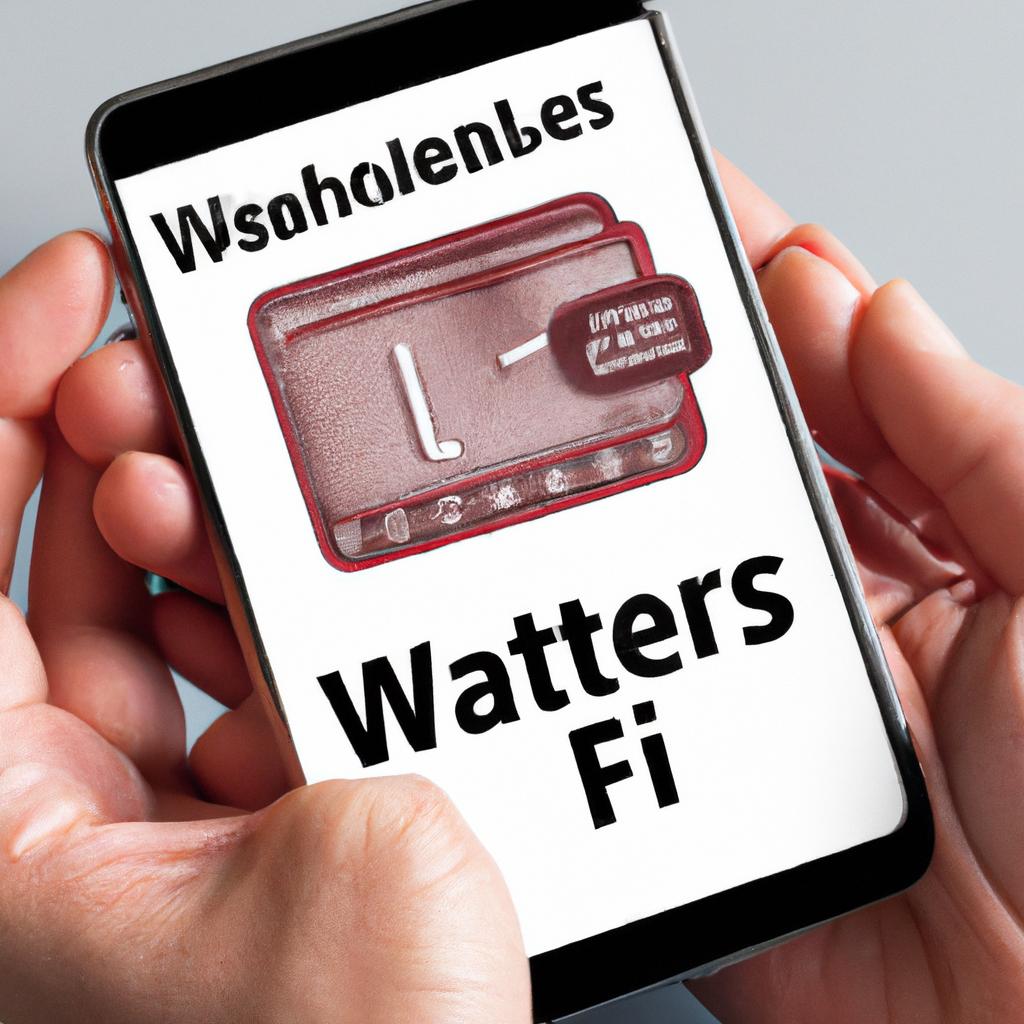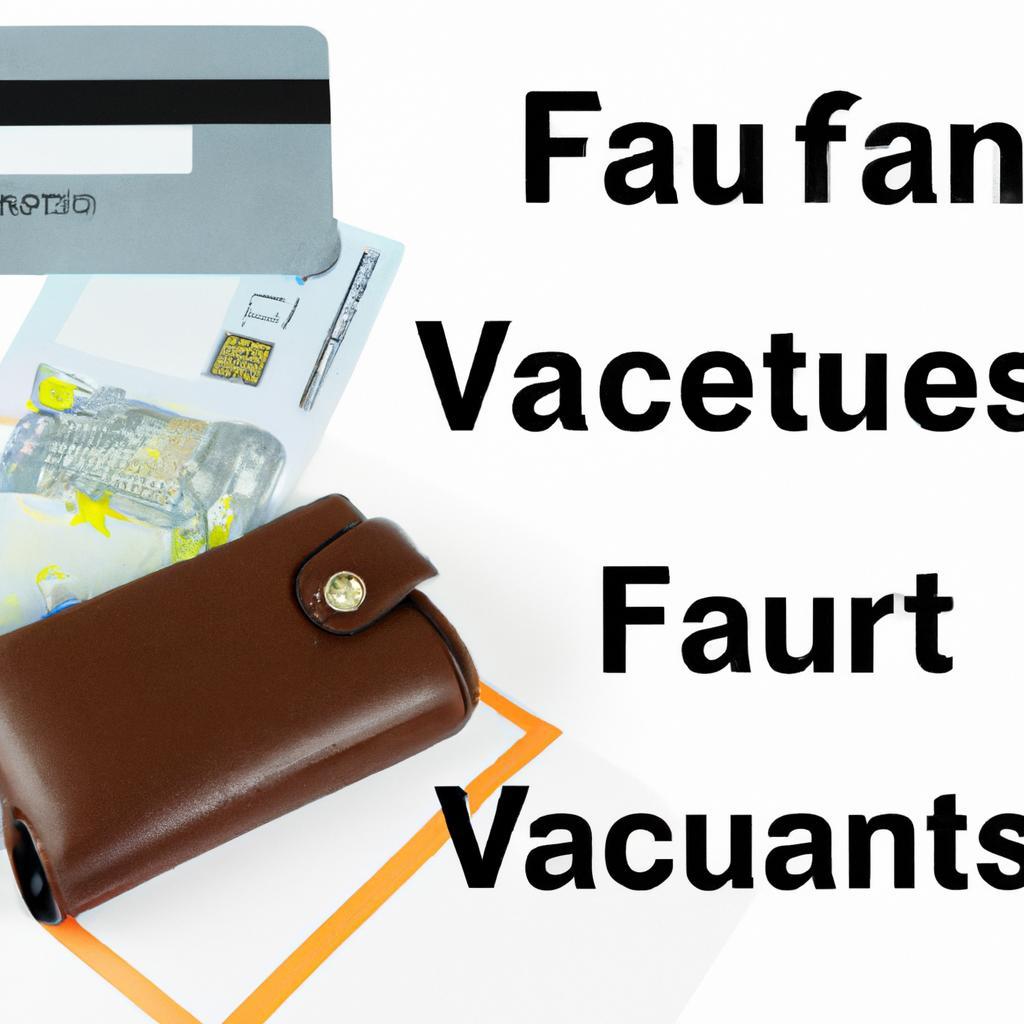In today’s fast-paced digital landscape, where transactions can be completed with a mere swipe or tap, the convenience of electronic payments comes with an underlying threat that often goes unnoticed: fraud. As we embrace the efficiency of online shopping and mobile banking, the importance of securing our financial information has never been more critical. This article delves into the essential strategies for safeguarding your wallet, exploring both proactive measures and advanced technologies designed to protect against the ever-evolving tactics of cybercriminals. Join us as we uncover practical tips and insights that empower you to take control of your financial security in an increasingly interconnected world. Your wallet’s safety is just a few clicks away.
Understanding Digital Wallet Vulnerabilities and Common Fraud Tactics
In the evolving landscape of electronic payments, understanding the potential vulnerabilities of digital wallets is crucial. Cybercriminals are constantly innovating, employing various tactics to exploit weaknesses and access sensitive information. Common methods include:
- Phishing Attacks: Fraudsters often masquerade as trustworthy entities to trick users into revealing their login credentials.
- Malware: Device infections can capture keystrokes or gain unauthorized access to digital wallets.
- Public Wi-Fi Interception: Using public networks can expose transactions and data to hackers.
- Account Takeover: With stolen credentials, attackers can hijack accounts, draining funds before victims are even aware.
Awareness of these tactics can significantly enhance defense mechanisms against such threats. Regular updates to software, enabling two-factor authentication, and practicing good password hygiene are fundamental steps users can implement to bolster their security. Below is a brief overview of essential security practices:
| Security Practice | Description |
|---|---|
| Two-Factor Authentication | Requires a second form of verification during logins. |
| Regular Software Updates | Ensures that vulnerabilities are patched promptly. |
| Strong Passwords | Combines letters, numbers, and symbols for better protection. |
| Network Security | Avoid using public Wi-Fi for financial transactions. |

Best Practices for Strengthening Your Electronic Payment Security
To effectively fortify your electronic payment security, consider implementing the following strategies:
- Use Strong Passwords: Create complex passwords that combine letters, numbers, and symbols, and update them regularly.
- Enable Two-Factor Authentication: Add an extra layer of security by requiring a second form of verification, such as a text message or authentication app.
- Monitor Transactions: Regularly review your bank and payment statements for unusual activity to catch fraud early.
- Secure Devices: Keep your smartphones and computers protected with antivirus software and ensure they are running the latest operating systems.
- Be Wary of Public Wi-Fi: Avoid making electronic payments over unsecured networks; use a VPN instead for an encrypted connection.
| Security Measure | Benefit |
|---|---|
| Strong Passwords | Prevents unauthorized access |
| Two-Factor Authentication | Enhances account security |
| Transaction Monitoring | Enables quick fraud detection |
To Conclude
As we navigate the ever-evolving landscape of digital finance, securing your wallet has become an essential skill in safeguarding your financial well-being. By staying informed and employing proactive strategies, you can fortify yourself against the threats of fraud that lurk in cyberspace. Remember, in this digital age, knowledge is your strongest ally. Embrace the tools and practices at your disposal, from two-factor authentication to routine monitoring of your accounts. With vigilance and awareness, you can transform your electronic payment experience into a safe and secure endeavor. So, as you embark on your financial journey, let prudence guide your steps, ensuring that your transactions not only empower you but also play a vital role in fostering a secure digital economy for all.


